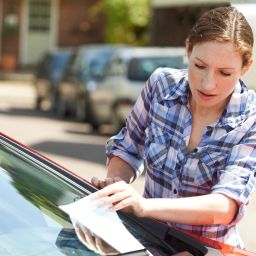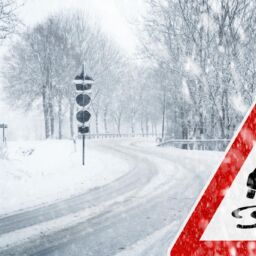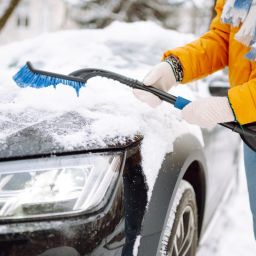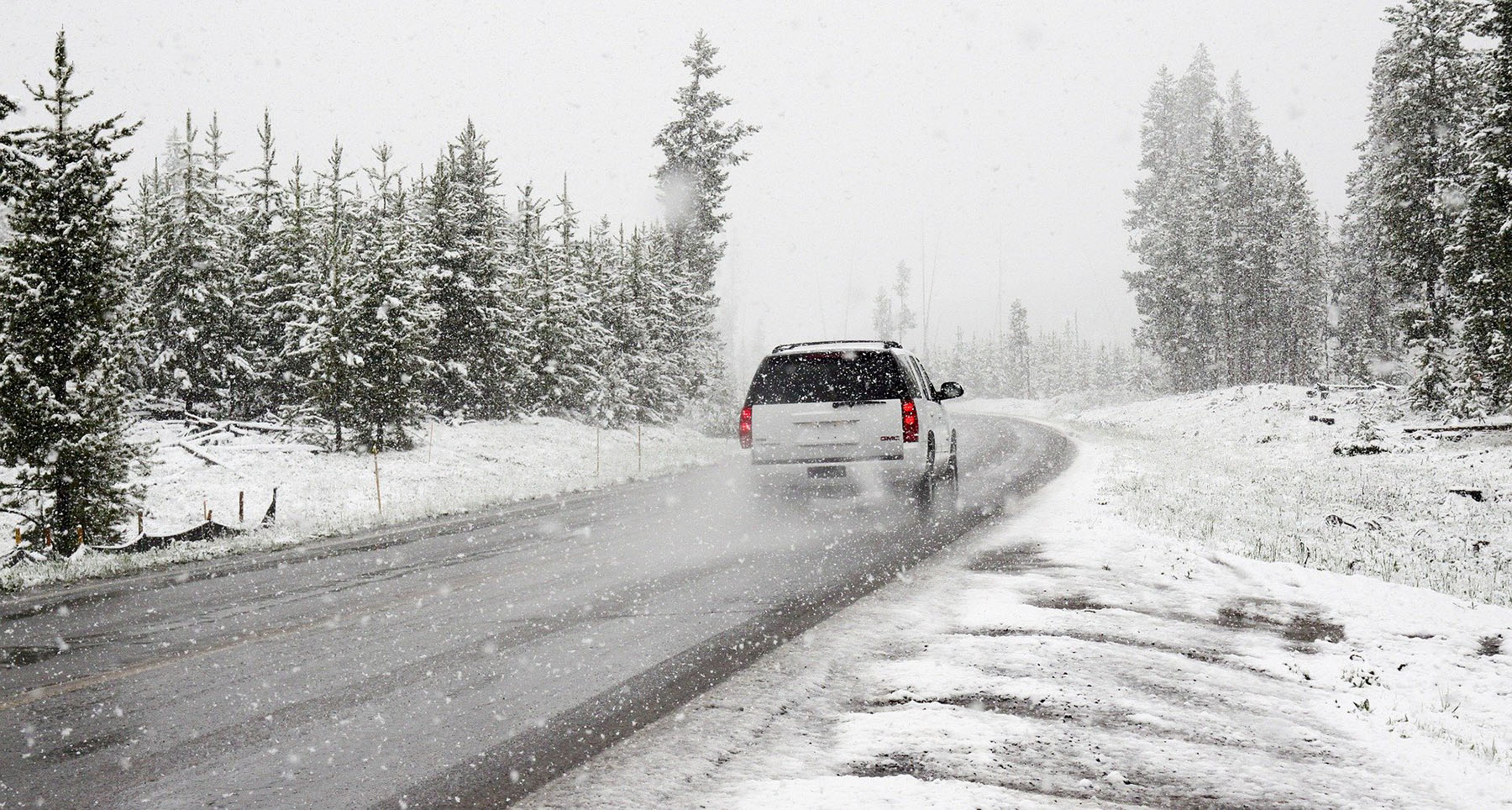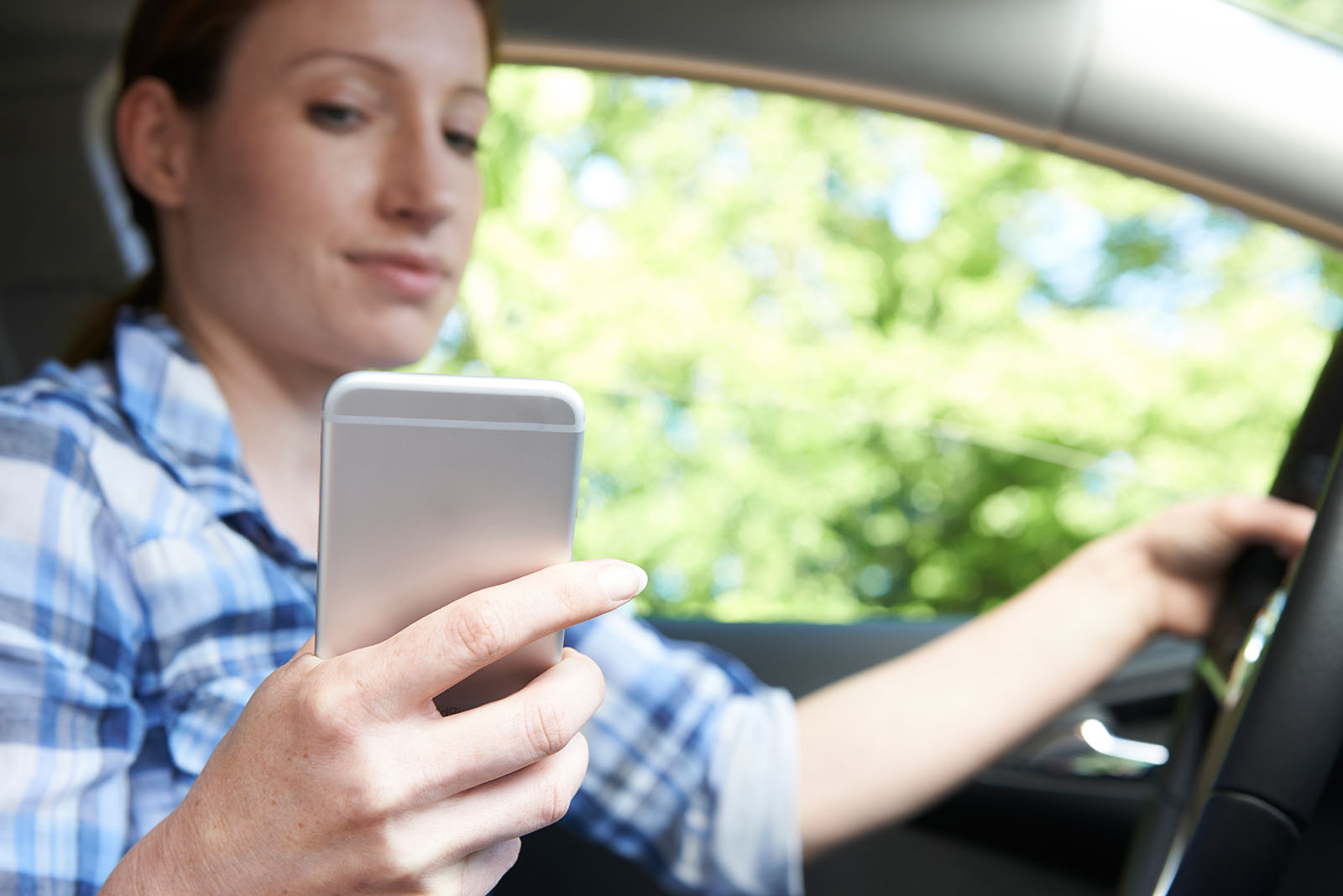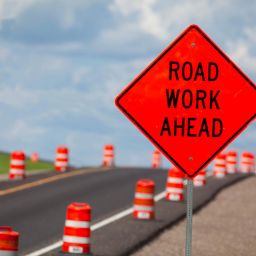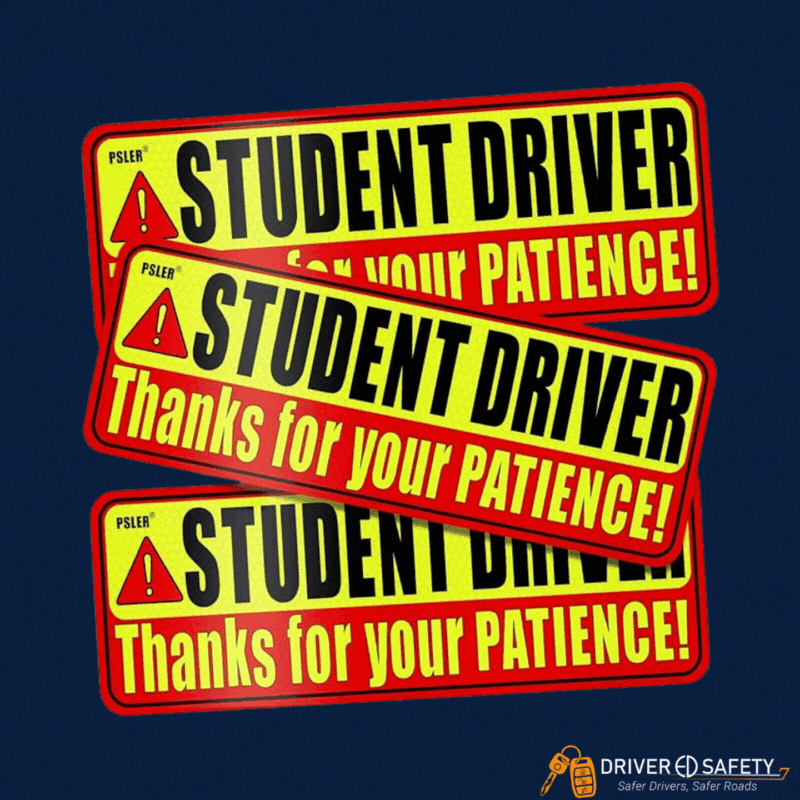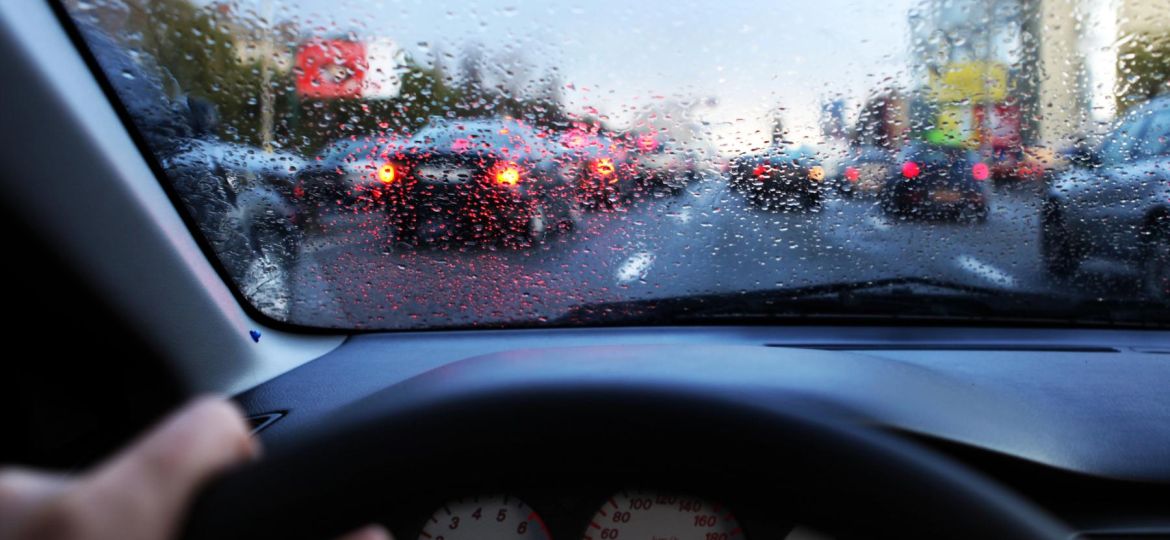
Summer storms can sneak up fast, turning a simple drive into a stressful one. Rain, wind, and low visibility make the roads more hazardous than they appear. While you can’t always avoid driving in bad weather, being prepared can help you stay safe. Here are some essential tips to keep in mind when a summer storm hits.
Check the Weather Before You Go
Before hitting the road, take a minute to check the weather forecast. It may seem like a small step, but it can help you avoid severe conditions. Use a weather app or tune in to radio alerts so you know what to expect. If heavy rain or storms are approaching, consider postponing your trip. Also, ensure you’re mentally prepared to drive. Being calm, focused, and prepared makes a big difference when conditions get tough.
Avoid Driving Through Flooded Roads
If you can’t postpone your trip or find yourself suddenly caught in a storm, be cautious of flooded roads—they are more dangerous than they look. Even six inches of water can cause you to lose control, and a foot of water is enough to float most cars. If you see water covering the road, it’s best to turn around. Underestimating floodwaters can leave you stuck and in danger. Don’t hesitate to play it safe and take a different route.
Be Careful With Wind Gusts
Storms often bring strong winds, especially in open areas or on bridges. These gusts can push your car around, particularly if you’re driving a van, SUV, or truck. Grip the steering wheel firmly and reduce your speed to maintain control. Maintain a safe distance between your vehicle and other vehicles. It’s all part of driving with awareness and adjusting for changing conditions.
What to Do If You Can’t See
Heavy rain can make it nearly impossible to see the road. If your visibility drops, slow down and pull over safely. Turn on your hazard lights so other drivers can spot you. Try to move onto the shoulder of the road or into a parking area rather than stopping in a traffic lane.
As the wind and rain pick up, your first instinct may be to seek extra shelter when pulling over. However, you should avoid parking under a bridge or overpass. Winds from certain directions can accelerate and intensify when forced into narrow spaces (known as the Bernoulli effect), leaving you more vulnerable to high-speed winds. Parking in these areas can also block traffic and slow down vehicles that are approaching from behind.
Remember that your vehicle acts as your protective shelter, and your best option is to exit the highway or main road to park in a less crowded area, if possible. For more guidance on this, read these tips on driving in the rain, which underline the importance of visibility and control in wet conditions.
Skip the High Beams in Rain
Many drivers believe that high beams would help them see better in the rain, but they actually do the opposite. The light reflects off rain droplets and creates glare, making it harder to see. According to our night driving safety tips, low beams are a much better choice in rainy conditions. They light the road more evenly without bouncing back into your eyes.
Final Thoughts
Driving in summer storms requires patience, focus, and caution. Slow down, keep both hands on the wheel, and leave plenty of space between you and others. Make sure your lights are on, but use your low beams in rain. And if conditions become too intense, don’t be afraid to pull over safely and wait it out.
Want to be even more prepared? Learn how to protect your car from pothole damage and stay up to date on Indiana’s “Slowpoke Law.” Staying informed helps you make safer decisions on the road, no matter the weather.
Driver Ed Safety offers an Online Course and Behind The Wheel lessons, teaching students how to develop defensive driving and behavior patterns to stay safe on the road. Get started today!



